Mostly Long Guns
Marlin 1894CST .357 Magnum
column By: Brian Pearce | January, 21
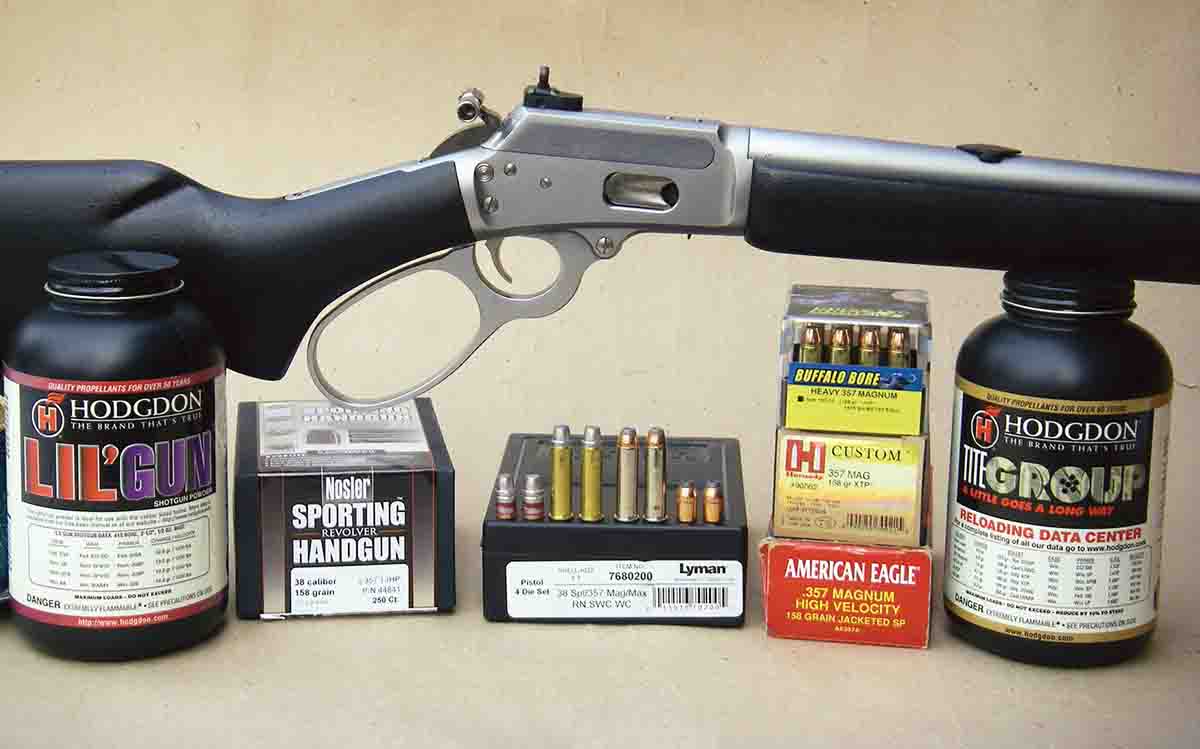
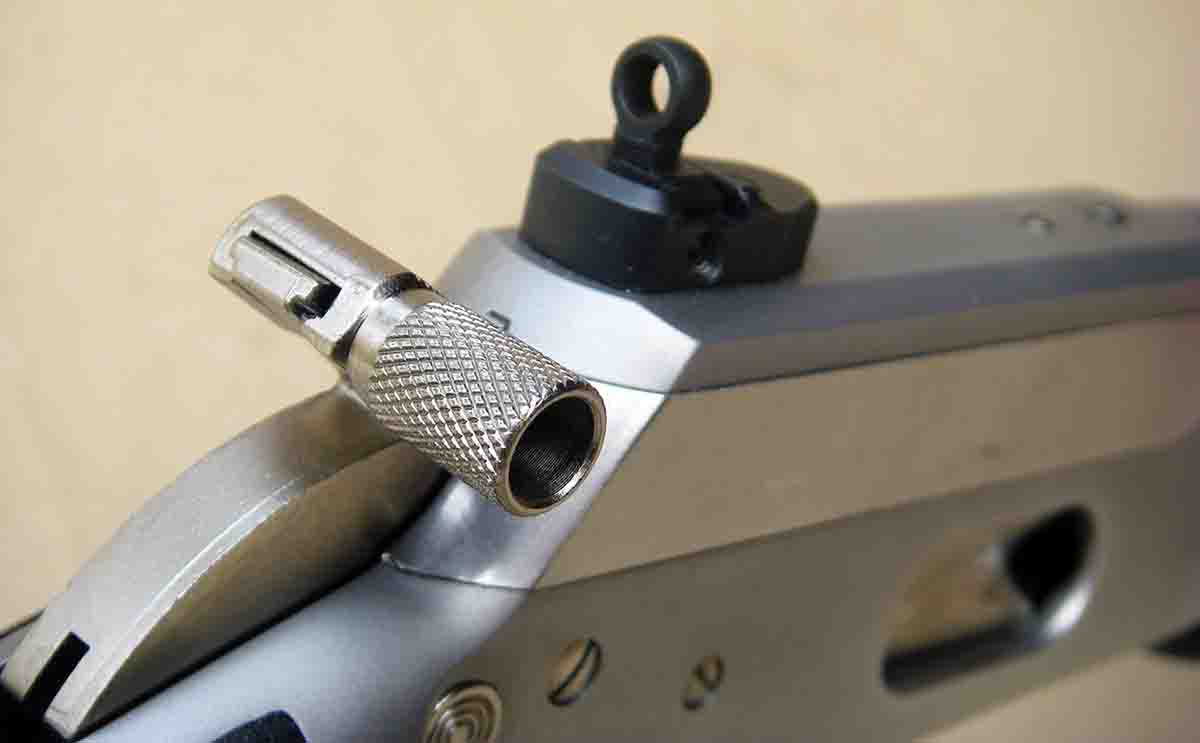
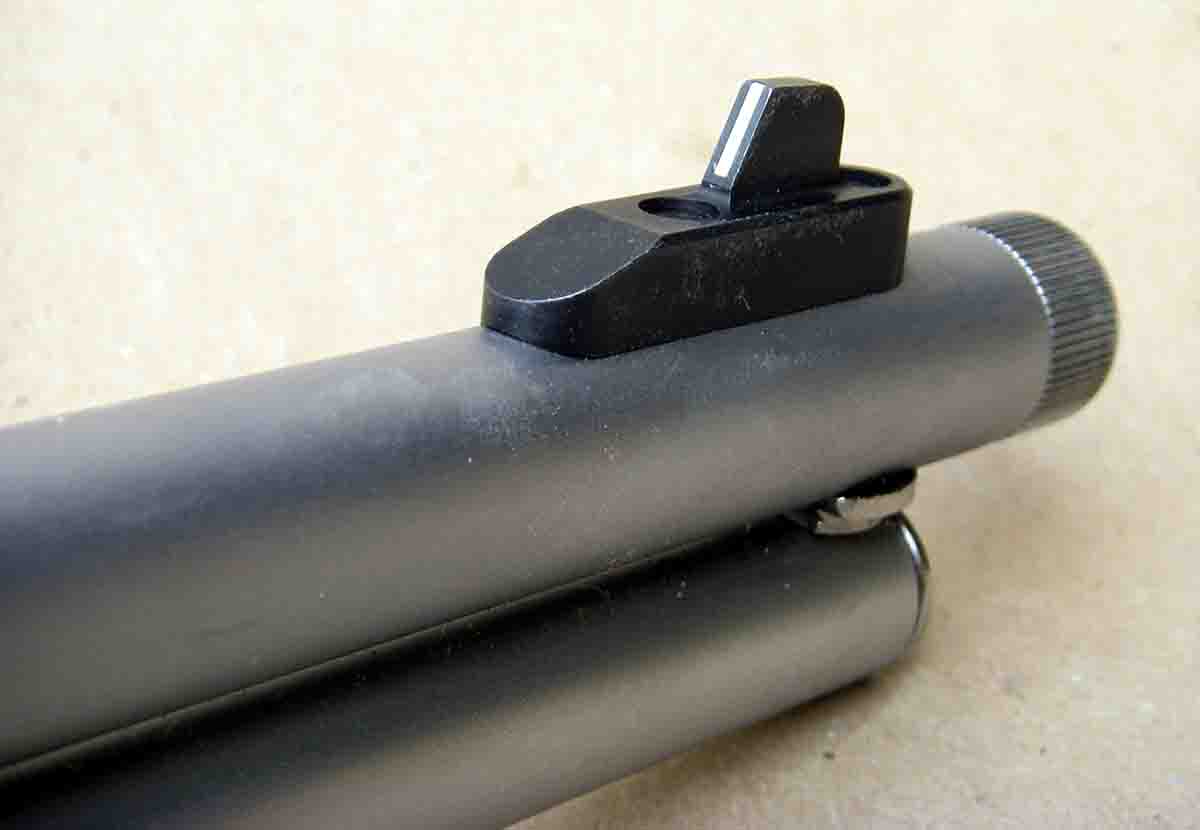
My experience with .357 Magnum leverguns dates back to the 1970s and has included converted Winchester Model 1892s, reproduction Model 1892s from Rossi, Browning and USRAC, Marlin Model 1894s, Uberti Model 1873s and others. In addition to hunting with them, I have used most factory loads, developed considerable handload data and posses a pretty good idea what to expect in terms of accuracy, performance, etc. While original .357 factory loads were advertised to push a 158-grain lead bullet at 1,510 feet per second (fps) from long barreled revolvers, this was a bit optimistic in most revolvers. Today, The Sporting Arms and Ammunition Manufacturers’ Institute (SAAMI) has reduced pressures to 35,000 psi, with most factories listing a 158-grain jacketed bullet at 1,235 fps from a 4-inch vented test barrel, but will record faster velocities from revolvers with tight tolerances and longer barrels. When these loads are fired from carbines with a 20-inch barrel, velocities will usually run at least 1,600 fps, but usually around 1,750 fps; however, some factory loads will break 2,000 fps, placing it in a similar category as the .30-30 Winchester. Rifles with a 24-inch barrel will run faster while shorter barrels (such as the rifle tested here) will have some velocity loss. In the hands of skilled shooters, an accurate rifle equipped with good sights (aperture or scope) is capable of groups running 1.0 to 1.5 inches at 100 yards; however, they are generally capable of around 2-inch groups.
.jpg)
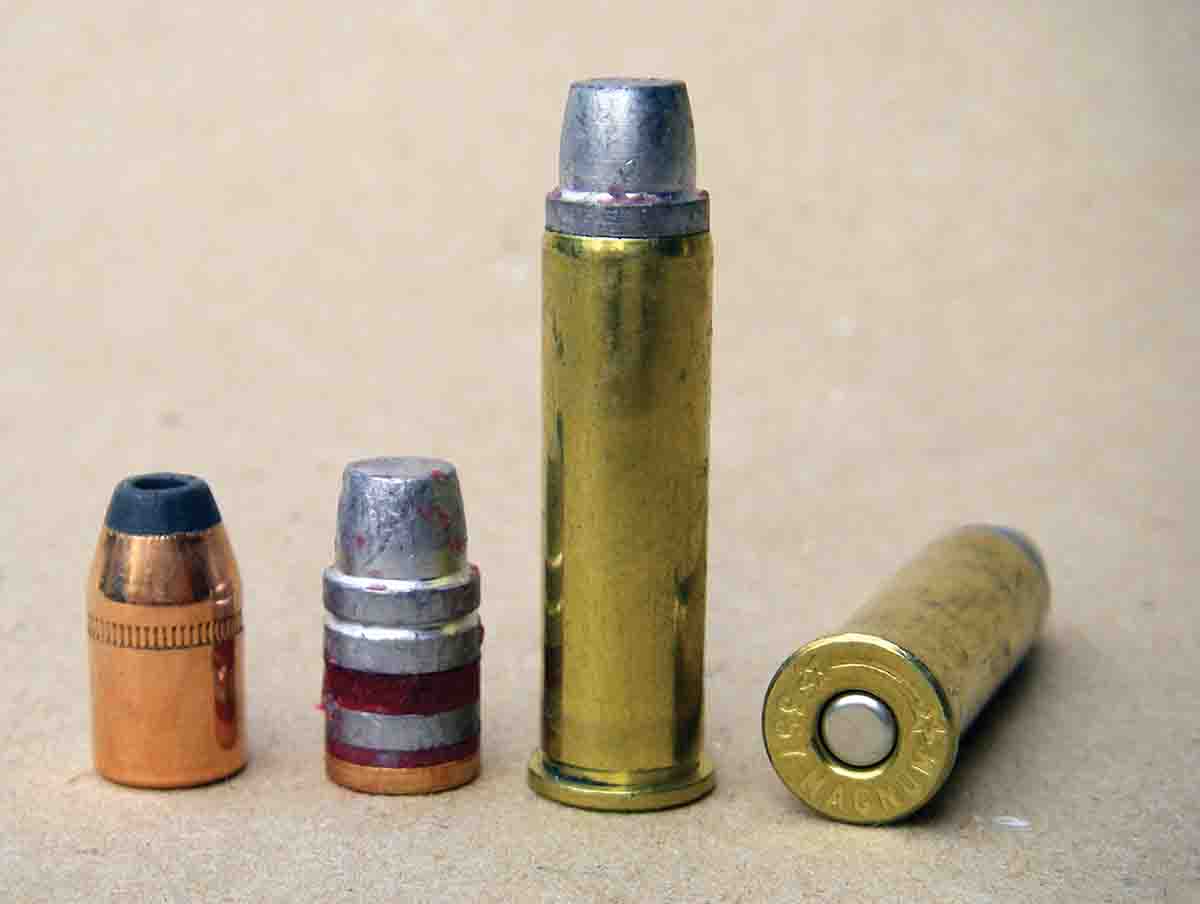
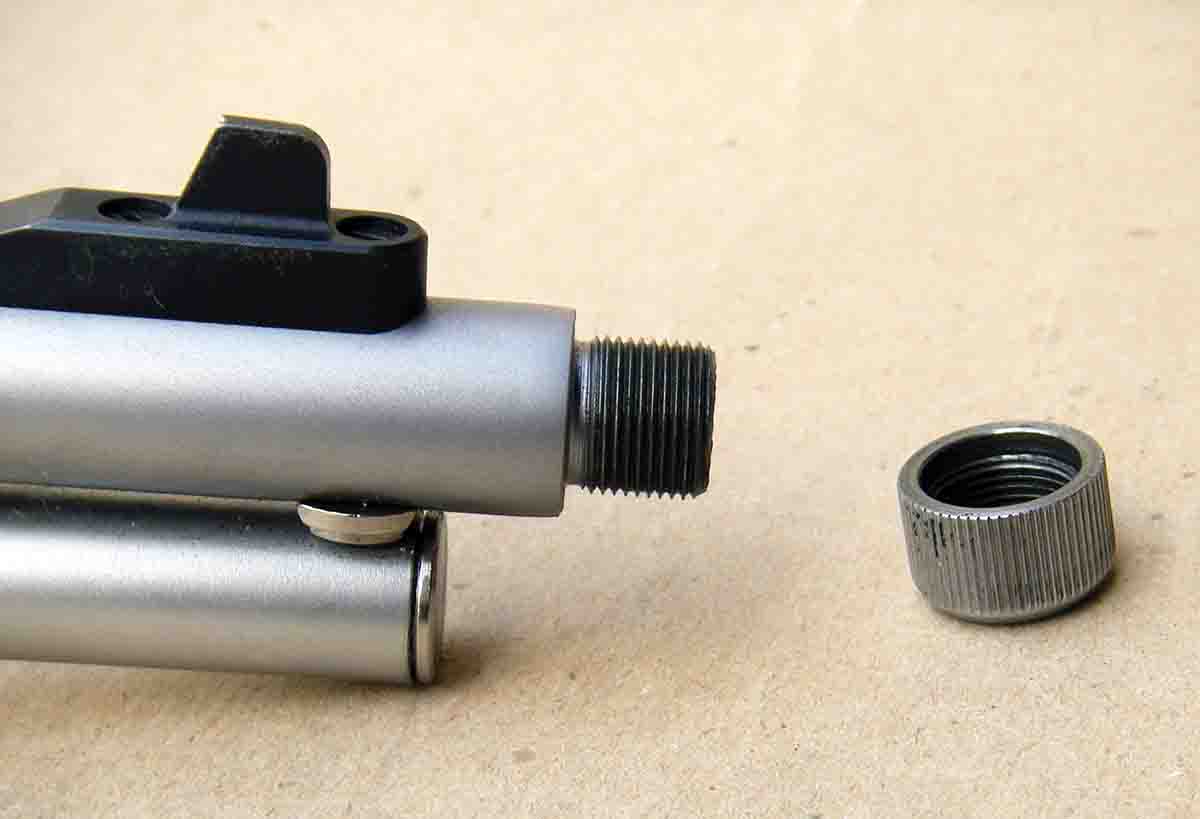
Handloaders can further increase the versatility of .357 rifles by assembling loads that fully duplicate factory loads, and even exceed those velocities while staying within industry maximum pressure guidelines. They can also assemble mild loads capable of taking small table fare while keeping meat damage to a minimum. These typically contain roundnose or flatpoint cast bullets pushed to around 900 to 1,100 fps. Cases offer substantial life and are available at a relatively low cost (Starline Brass, 800-280-6660). Incidentally, the .357 requires less than half the powder charge of cartridges that offer similar performance, such as the .30-30 Winchester. In addition to notably reduced ammunition costs, the .357 offers lower recoil, faster follow-up shots and reduced muzzle report. These are all important factors when shooting recreationally and when hunting, but they are especially important if the gun is used for protection.
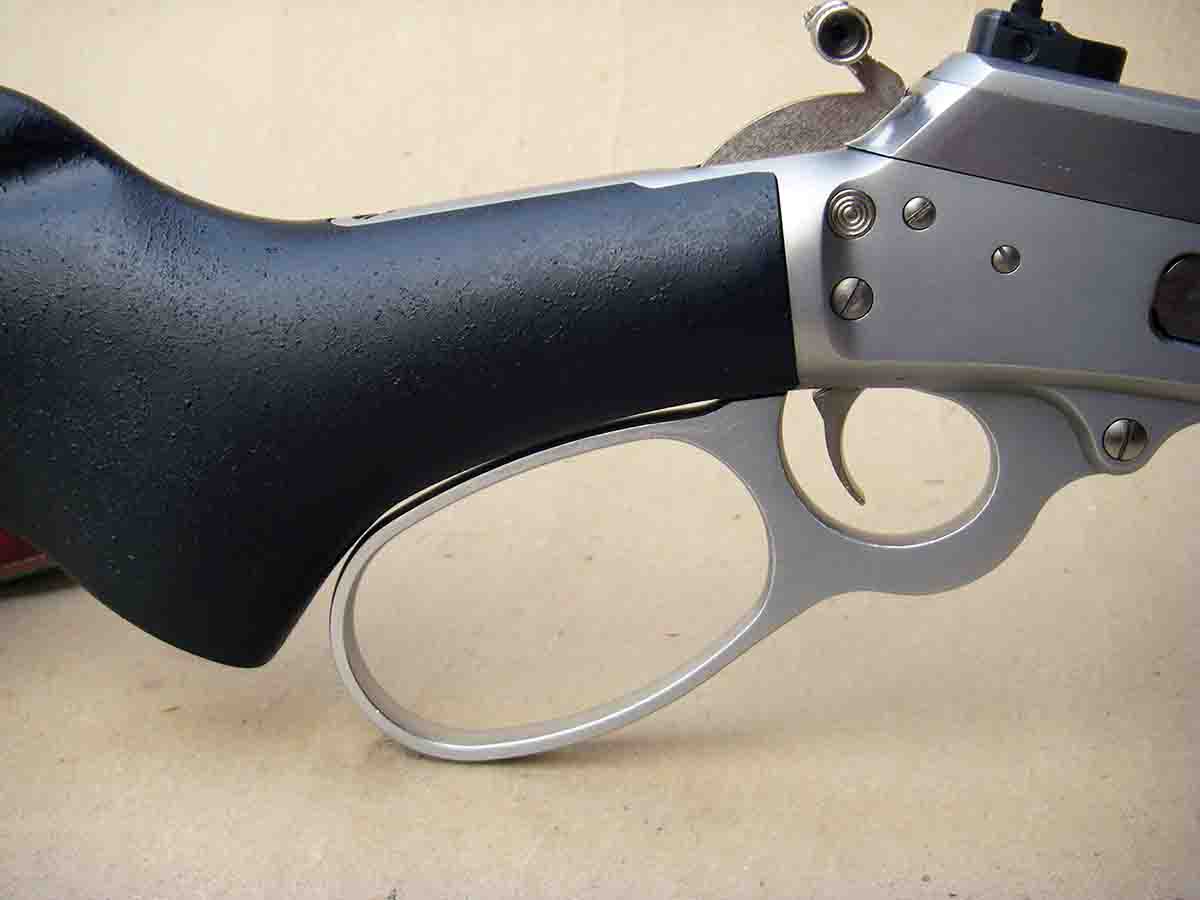
The rear sight is an XS Ghost Ring with a .191-inch aperture that is fully adjustable for windage and elevation. The front sight is the XS white stripe, which offers a unique blend of outstanding visibility under a variety of shooting conditions. Weight is 6.5 pounds and the overall length is just 35 inches, which results in a compact, fast handling carbine.
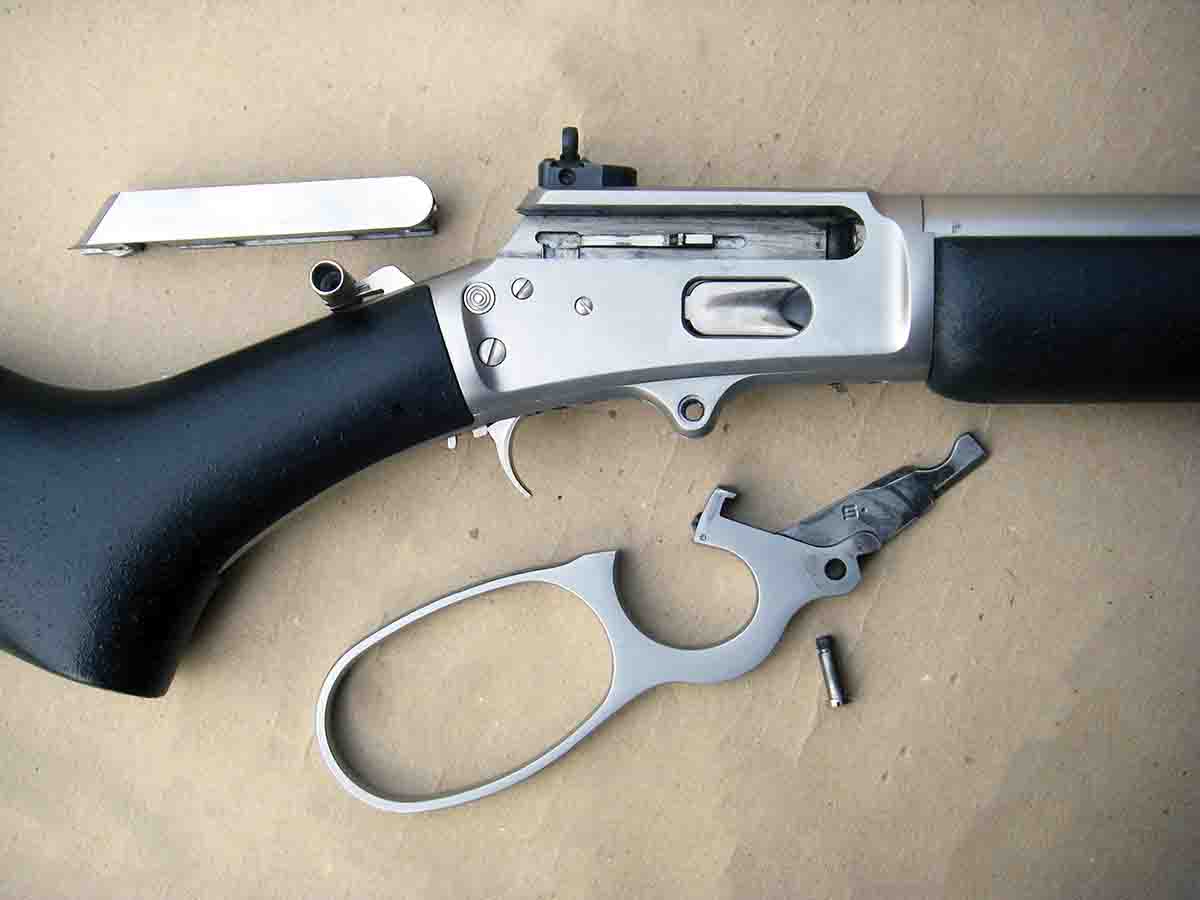
My initial impression of the Model 1894CST carbine is very positive. The action works more smoothly than any out-of-the-box Marlin (except Custom Shop guns) that I have tried in more than a decade. Overall, machining is good, the trigger breaks crisply at 4.2 pounds and the matte finish offers low reflection. The rifling is smooth and the barrel is straight. The receiver, trigger, hammer, lever and locking bolt are all forged, the same as they have been since the Model 1894 was originally introduced 126 years ago. Said parts are well machined and fit properly. In addition to preferring traditional finger lever loops, I would like to see the forearm thinned.
Time was taken to break in the barrel, which was accomplished by firing one jacketed cartridge, then removing the copper fouling, followed by placing a light coat of oil in the bore, then repeating for the first 10 shots. For the next 30 shots, three rounds were fired between cleaning, etc.
Factory ammunition included loads from Buffalo Bore Ammunition, Federal Cartridge and Hornady Manufacturing – all containing 158-grain jacketed bullets. As can be seen in the accompanying table the Model 1894CST is accurate, with 75-yard, four-shot groups hovering between .70 inch and 1.85 inches. The most accurate factory load was the Hornady Custom containing the 158-grain XTP-HP bullet (1,799 fps) that grouped into .90 inch.
Moving to handloads that were assembled in new Starline cases, the Nosler 158-grain JHP bullet reached 1,932 fps when loaded with 19.5 grains of Hodgdon Lil’Gun powder and capped with a CCI 550 primer. This load is pretty remarkable, as it generates between 33,000 and 34,000 psi while yielding high velocities. Four-shot groups fired at 75 yards ranged from 1.05 to 1.65 inches. Switching to 14.9 grains of Accurate No. 9 powder (CCI 500 primer) yielded 1,777 fps and produced the best single group of .70 inch.
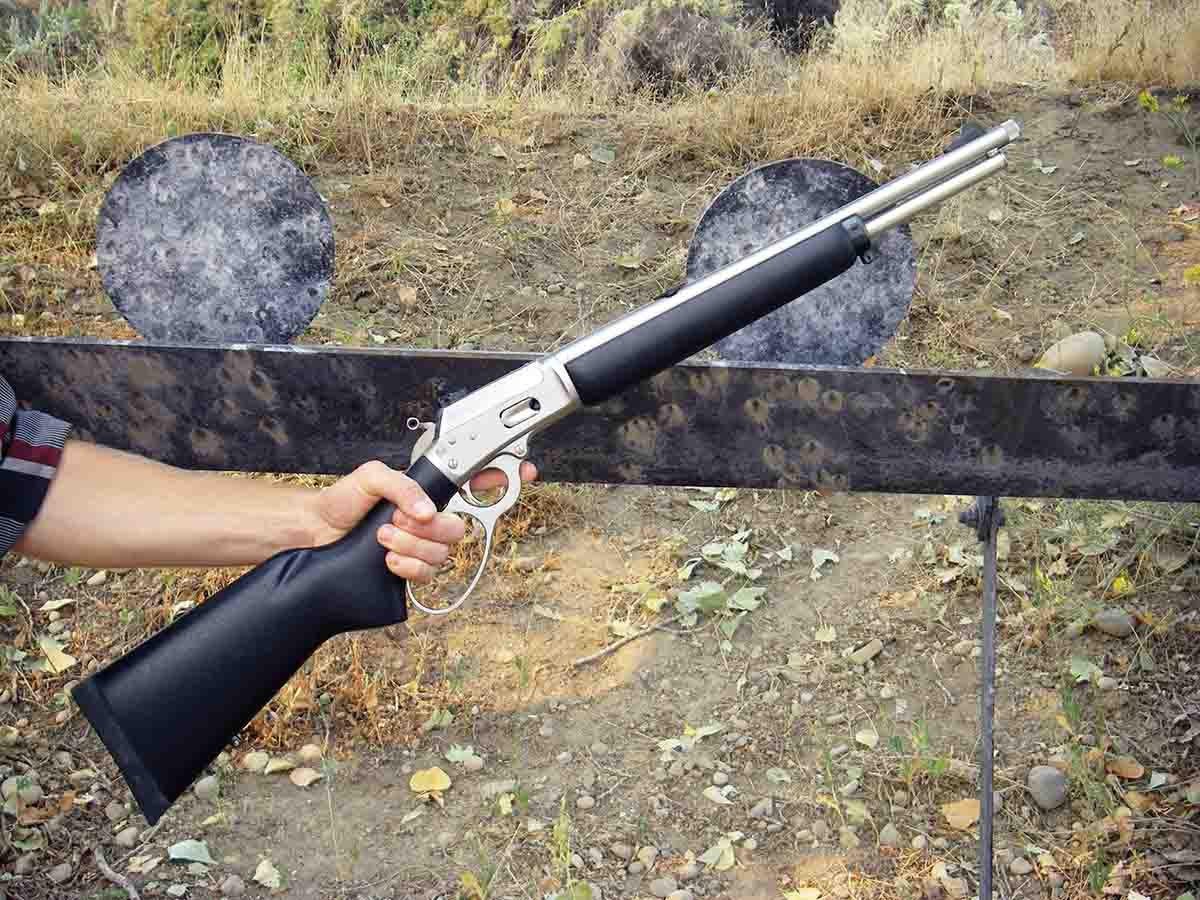
Cast bullets from RCBS mould 38-158-SWC (with gas check installed) weighed 168 grains and were sized to .3575 inch, then seated to an overall cartridge length of 1.595 inches (important for proper function). First, a full-power load containing 14.9 grains of Accurate No. 9 powder was used that produced 1,805 fps, and gave respectable accuracy with one group measuring 1.05 inches.
Additional data was developed in an effort to offer a subsonic load, but the above RCBS bullet proved unstable at lower velocities. After switching to 160-grain cast bullets from the original RCBS mould 38-158-SWC (with a smaller .205-inch meplat), stabilization was perfect, as were bullets from Lyman mould 358156. A simple approach was to use Hodgdon Trail Boss powder, with 4.7 grains producing 938 fps while 5.1 grains lowered the velocity to 915 fps. Wanting a bit more velocity and potentially better accuracy, I switched to Hodgdon Titegroup powder. This propellant is largely position insensitive, which is important for consistent velocities in longer cases. Using 4.2 grains produced 1,036 fps and resulted in an extreme velocity spread of just 11 fps. At 50 yards was a ragged hole that measured .65 inch.
Feeding and function was flawless. The 1894CST is a great rifle for a beginner, those that want to hunt deer at moderate distances or use it for home and property defense. It offers low recoil, accuracy, economy, reliability and is especially fun. The manufacturers’ suggested retail price is $1,154.


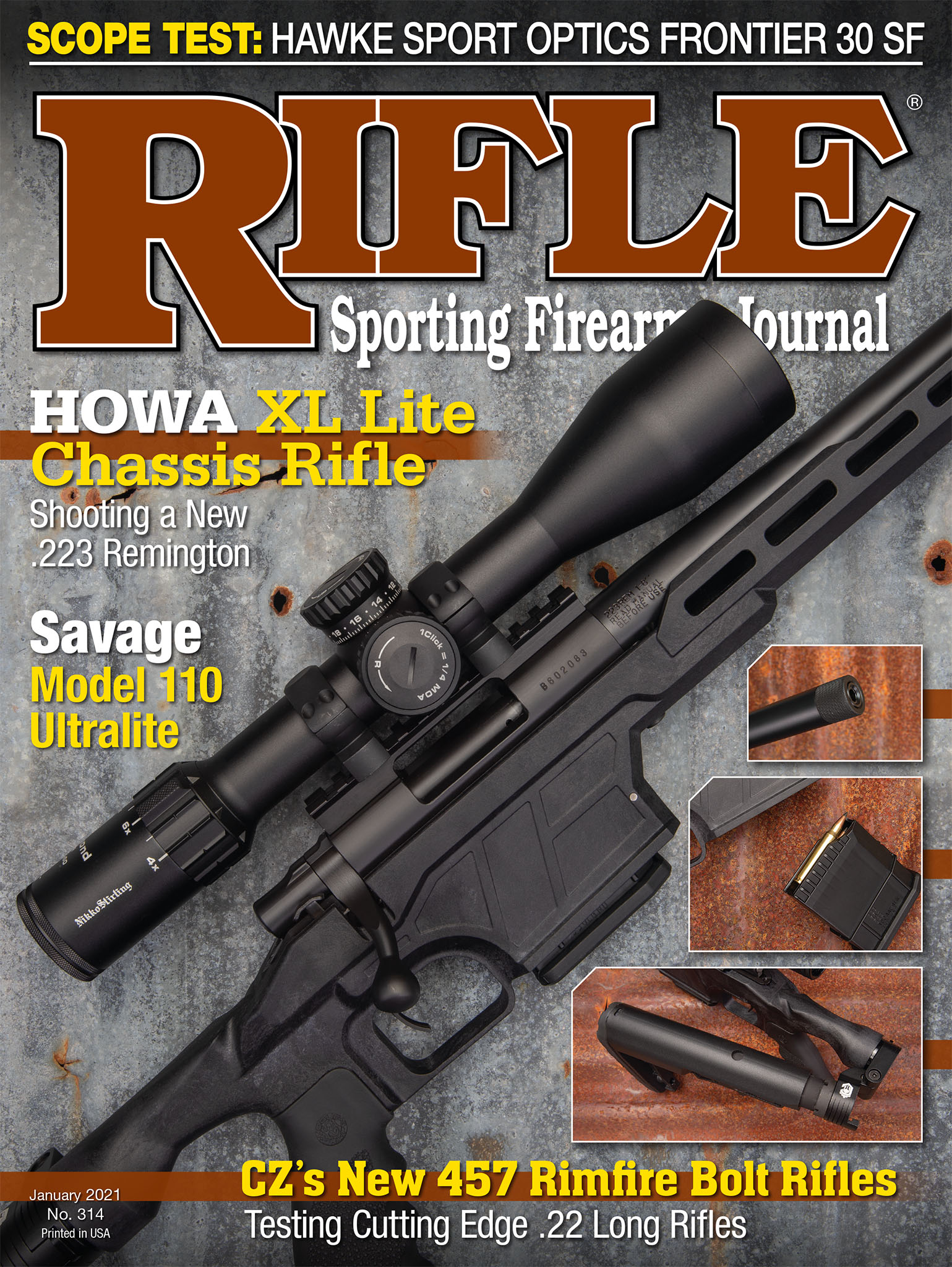
.jpg)